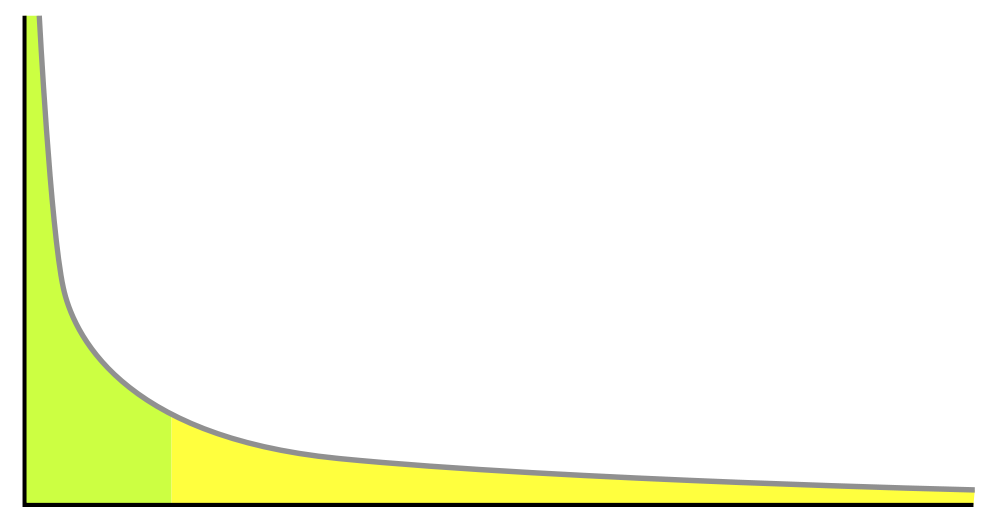#power_law_of_practice

Power law of practice
Example of the learning curve effect on performance
The power law of practice states that the logarithm of the reaction time for a particular task decreases linearly with the logarithm of the number of practice trials taken. It is an example of the learning curve effect on performance. It was first proposed as a psychological law by Snoddy (1928), used by Crossman (1959) in his study of a cigar roller in Cuba, and played an important part in the development of Cognitive Engineering by Card, Moran, & Newell (1983). Mechanisms that would explain the power law were popularized by Fitts and Posner (1967), Newell and Rosenbloom (1981), and Anderson (1982).
Tue 25th
Provided by Wikipedia
This keyword could refer to multiple things. Here are some suggestions: